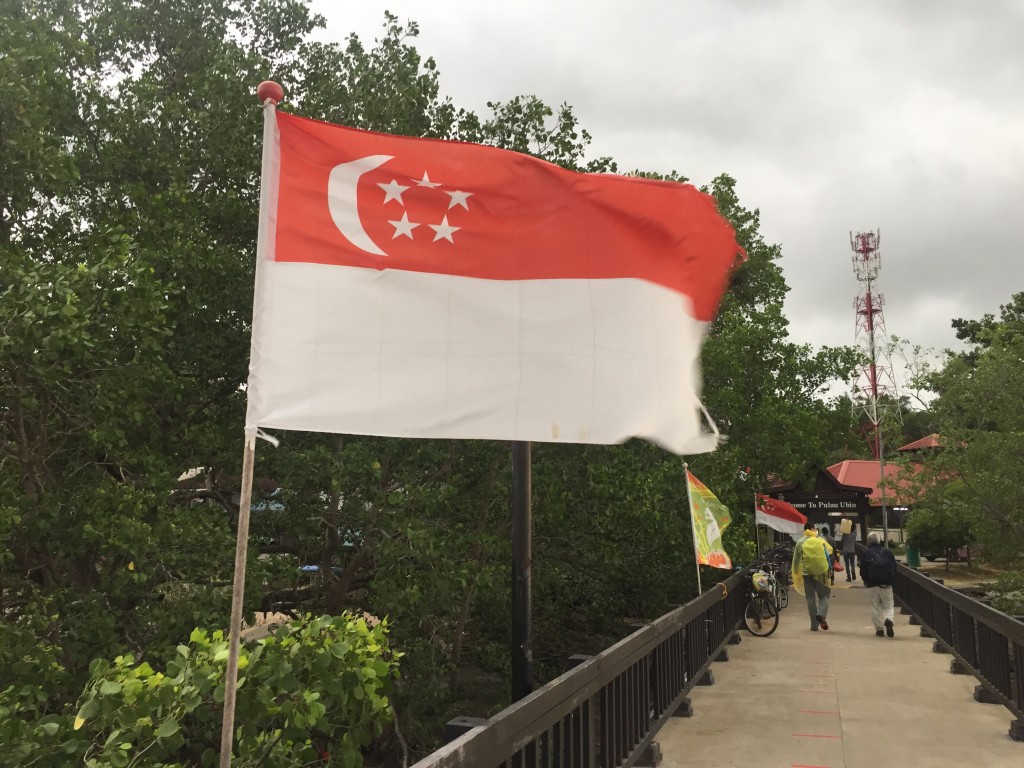• 300 hectares on Jurong Island allocated for renewable energy and low-carbon fuels
• Additional 20 hectares to host Singapore’s largest data centre park with 700 MW capacity
• Part of Singapore’s long-term plan to position Jurong as a global hub for low-carbon innovation
Singapore Scales Up Clean Energy Infrastructure
Singapore is opening a new chapter in its energy transformation by dedicating more land on Jurong Island — its core energy and chemicals hub — to renewable energy and low-carbon technologies. The move, announced jointly by the Singapore Economic Development Board (EDB) and developer JTC Corporation, will see roughly 300 hectares, or about 10% of the island’s total area, reallocated for clean energy projects.
Jurong Island spans 3,000 hectares and is home to refineries operated by ExxonMobil, Chevron, and PetroChina. The redevelopment plan signals Singapore’s intent to align its industrial backbone with its net-zero ambitions, focusing on advanced fuels, hydrogen-ready facilities, and circular manufacturing.
Speaking at the Singapore International Energy Week, Tan See Leng, Minister-in-charge of energy, science, and technology, said Jurong Island will serve as a “global test-bed for new energies and low-carbon technologies.” The initiative strengthens Singapore’s position as a leader in the regional energy transition and complements its ongoing efforts to diversify energy sources while maintaining industrial competitiveness.


From Refineries to Renewables
The new allocation will support an array of emerging energy solutions, including solar installations, sustainable aviation fuel (SAF) production, low- or zero-carbon ammonia for power and maritime use, and expanded battery storage systems. These developments build on existing projects such as Singapore’s pilot for low-carbon ammonia power generation and its hydrogen-ready power plant program.
By integrating renewable generation with industrial-scale storage and fuel innovation, the government aims to create an ecosystem that can attract technology developers and investors. The island’s strategic infrastructure — including deepwater ports, utilities, and logistics — offers a controlled environment for testing technologies before regional or global deployment.
Industry analysts view the move as a practical expansion of Singapore’s “whole-of-economy” decarbonization plan. The country’s limited land and natural resources have long constrained large-scale renewables, but the Jurong model offers a replicable pathway for compact, high-efficiency industrial energy transformation.
Data Centre Expansion Aligned with Energy Goals
In parallel, another 20 hectares on Jurong Island have been earmarked for the development of Singapore’s largest data centre park. Designed to support up to 700 megawatts of capacity, the complex will benefit from shared utilities, energy storage, and access to emerging low-carbon power sources.
The plan reflects a delicate balance between Singapore’s need for digital infrastructure and its strict energy efficiency standards. By colocating data centres near clean energy generation and battery storage, authorities aim to reduce transmission losses and enable flexible demand management. It also aligns with the Infocomm Media Development Authority’s (IMDA) efforts to resume data centre growth under greener operating models after a temporary moratorium on new builds.
Operators will be able to tap Jurong’s integrated utilities and its expanding ecosystem of sustainable industrial services, giving them an advantage in meeting both cost and carbon efficiency targets.
RELATED ARTICLE: Singapore Issues Practical Guidance to Advance Adoption of Singapore-Asia Taxonomy for Transition Finance
Growing Industrial Interest and Technological Innovation
According to Tan, there is increasing interest from specialty chemicals producers seeking to expand in Singapore, driven by regional demand for high-quality, lower-emission products. Jurong’s evolution — from refining to renewables and advanced manufacturing — positions it to capture this demand.
Sembcorp Industries has already piloted a “battery stacking” solution at its Jurong Island energy storage facility, vertically increasing capacity without expanding land use. The system’s capacity has been upgraded from 285 to 326 megawatt-hours, a small but symbolic example of Singapore’s approach to high-density innovation within limited physical space.
C-Suite and Investor Takeaways
For investors and corporate leaders, Jurong’s redesign signals three key trends: the convergence of digital and energy infrastructure, Singapore’s commitment to low-carbon industrial ecosystems, and the country’s growing role as a regional testbed for scalable climate technologies.
As Southeast Asia’s energy demand continues to rise, the integration of renewables, fuels, and digital capacity within one industrial cluster provides a model of efficiency and governance-led transition. The project also positions Singapore to shape future standards for sustainable manufacturing and data operations — both critical pillars in the global decarbonization race.
Follow ESG News on LinkedIn

